A lot of weekend warriors cut into their meat to check the color for doneness. The problem is that the color they see on the grill is not the color that they will see on the table. That’s because the color in the cut changes as the meat absorbs oxygen. Look at the picture here. I sliced a humk of meat in half and let it sit for about 15 minutes. Then I cut another slice from right behind it and photographed them both. The older one, the bottom one, turned redder.
All meats, including fish, have myoglobin in the muscle cells. Myoglobin is not blood but it has some similarities. Blood is blue until it contacts oxygen, then it turns dark red, and then it coagulates, gets thick, turns black, and hardens. The pigment is hemoglobin which has a molecule called a heme with an iron atom in it. Except for a little blood trapped in the marrow of bones and a few isolated veins, all the blood is removed during slaughter.
Myoglobin is pink in most animals, and it remains pink and runny after contact with air. When heated it turns tan and thickens, and that is why medium rare meat is reddish pink, and well done meat is tan. But myoglobin also contains a heme and when it comes into contact with air it changes color. So when you make a cut into a steak it may look perfectly done to you, but as the myoglobin absorbs more oxygen it can turn brighter red. Usually the color you see indicates that the meat is more cooked than it really is.
Worse still, the color of food is altered by the light you are using. Incandescent light is yellowish orange, fluorescent is greenish blue, some LEDs are tuned to 5000 kelvin to come closer to matching bright sunlight. Women who wear makeup know they always look better under incandescent light than fluorescent. In other words, the type of bulb you are using impacts the color. Bottom line, if you really want to know when the meat is done to your likeness, you need a good digital thermometer. Read our Buyer’s Guide To Thermometers and buy one today.

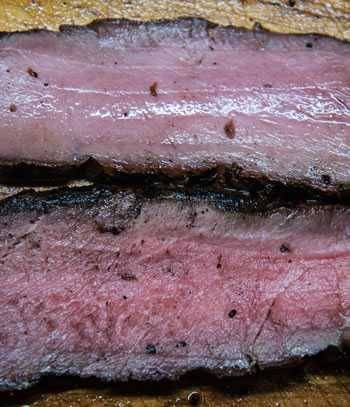
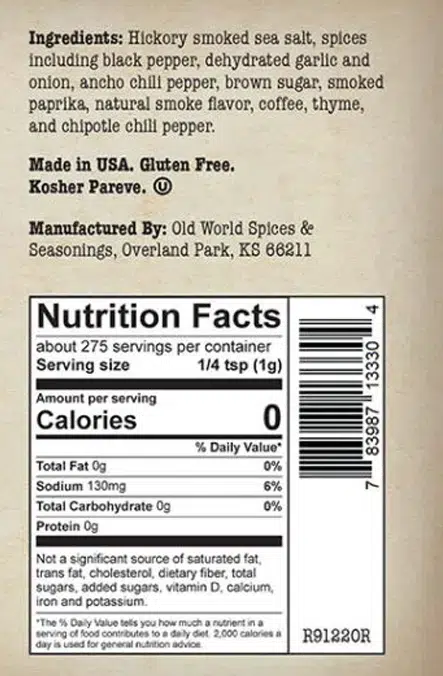
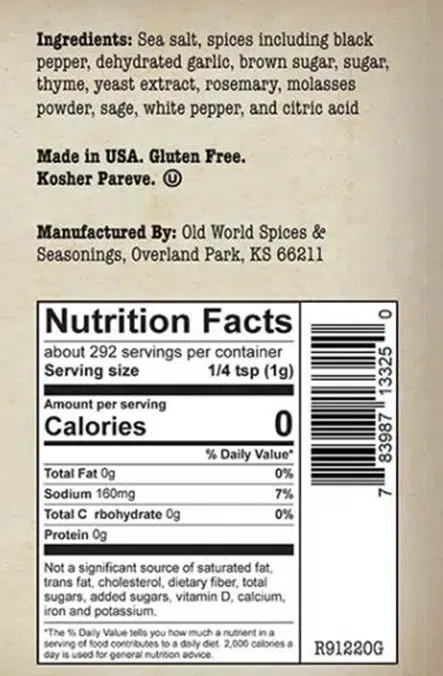
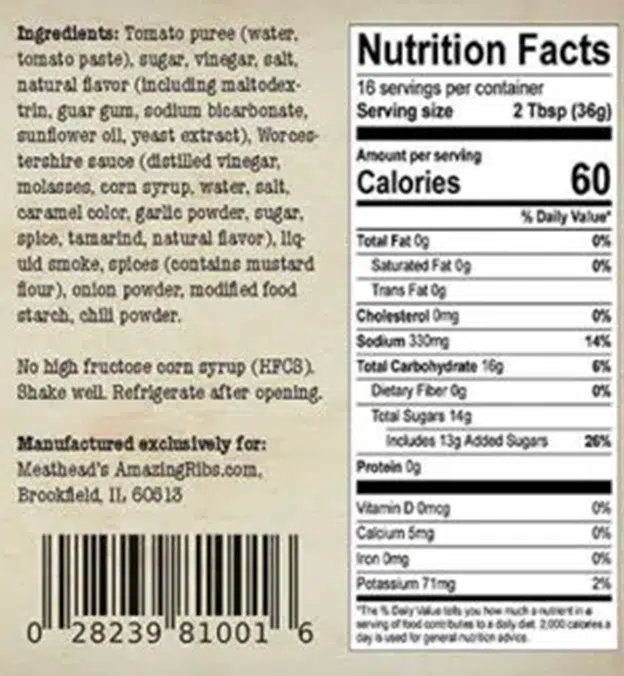
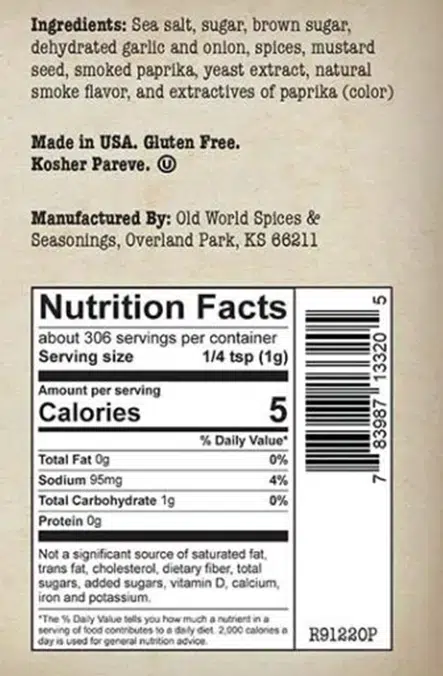
High quality websites are expensive to run. If you help us, we’ll pay you back bigtime with an ad-free experience and a lot of freebies!
Millions come to AmazingRibs.com every month for high quality tested recipes, tips on technique, science, mythbusting, product reviews, and inspiration. But it is expensive to run a website with more than 2,000 pages and we don’t have a big corporate partner to subsidize us.
Our most important source of sustenance is people who join our Pitmaster Club. But please don’t think of it as a donation. Members get MANY great benefits. We block all third-party ads, we give members free ebooks, magazines, interviews, webinars, more recipes, a monthly sweepstakes with prizes worth up to $2,000, discounts on products, and best of all a community of like-minded cooks free of flame wars. Click below to see all the benefits, take a free 30 day trial, and help keep this site alive.
Post comments and questions below
1) Please try the search box at the top of every page before you ask for help.
2) Try to post your question to the appropriate page.
3) Tell us everything we need to know to help such as the type of cooker and thermometer. Dial thermometers are often off by as much as 50°F so if you are not using a good digital thermometer we probably can’t help you with time and temp questions. Please read this article about thermometers.
4) If you are a member of the Pitmaster Club, your comments login is probably different.
5) Posts with links in them may not appear immediately.
Moderators